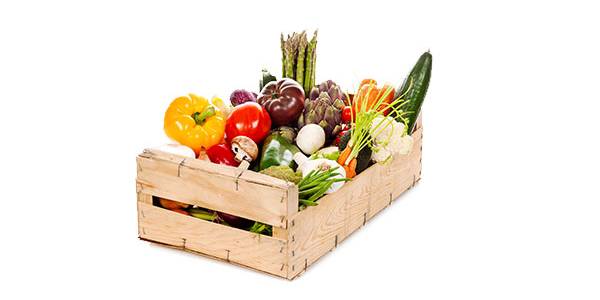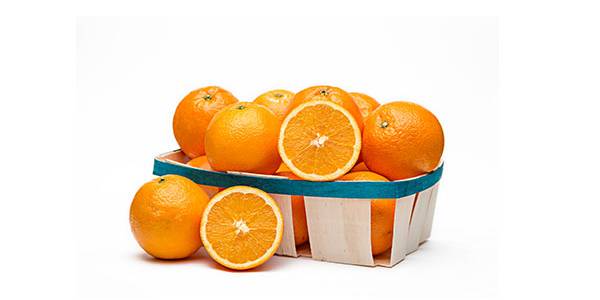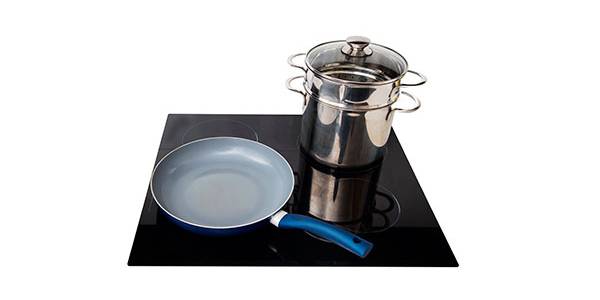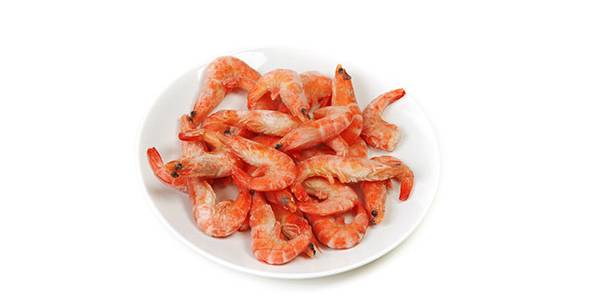Sustainable cooking is possible!
Things as simple as using water or recycling are a part of our daily routine. But did you know that the way you cook or use the kitchen can also contribute to reducing your impact on the environment?
IT’S ECO, IT’S LOGICAL
Share

Here, we suggest some tips to make it possible:

LOCAL PRODUCE
The main characteristic of this type of products is that their origin is less than 100 kilometres away from their point of sale. This contributes on one hand to the wealth of the region, as all the producers are local, and on the other, to reduce the carbon footprint derived from transport, as the closer the destination, less fuel is needed to transport the product. This applies to any type of product: fruit, vegetables, fish, meat, etc.

SEASONAL PRODUCTS
Seasonal foods are fresher, tastier and last longer, as well as being more affordable. For fruit and vegetables, this means respecting the life cycles of each product, harvesting them only when they are completely ripe. For fish, it is recommended to eat those which meet the minimum size requirements, according to the species. For example: 20 cm for hake or sole, 11 cm for sardines and red mullet and 9 cm for anchovies, etc. It is important to always check the label to find out the origin.

AVOID WASTE
According to the latest report by the Ministry of Agriculture, Food and Environment (Magrama), homes throw away 1,326 million kilos of food a year, which means 25.5 million kilos a week or 1.3 kilos of food per home, which represents 4,5% of all food that is bought. To avoid this, several things can be done: first, use up leftovers for other meals (croquettes, pasties, soups, etc.), organise shopping based on a weekly menu so that the food does not spoil, freeze what is not going to be used, etc. It is a question of responsibly using what you buy.

SAVE ENERGY
Homes consume more than a fifth of all energy used in Spain, according to the Institute for Energy Diversification and Saving (IDAE). In fact, the kitchen is the room of the house which consumes the most energy. An average home consumes around 4,000 kilowatt-hours (kWh) a year, and just the refrigerator, oven, hob and dishwasher use up more than 30% of this amount. To reduce consumption, you can opt for induction plates, use pots and pans with an equal or superior diameter to the plate, use pressure cookers and even utilise the residual heat from ovens and plates, by switching them off 5 minutes before finishing cooking. Additionally, using the dishwasher instead of washing up by hand or opting for the microwave instead of the oven can sometimes help to considerably reduce energy consumption.

CAREFUL WATER
Using the washing machine or dishwasher only when it is completely full can help you to save between 2,500 and 2,800 litres of water a month. Also, the type of wash also influences consumption, both of water and electricity. Try to use the ‘eco’ or short cycles.

DEFROSTING FOOD
This means defrosting the exact amount of frozen food (in a clean, airtight container) in the refrigerator and consuming or cooking it in the following 24 hours. It is the safe way for the food to regain its original appearance, flavour and smell. Defrosting under running water is a bad idea, which not only wastes water but also reduces the gastronomical quality of the product, as the abrupt, fast change in temperature affects the organoleptic conditions of the food.

AFTER USE, RECLYCE
• Waste: everything from fruit and vegetable peel to coffee grounds, paper serviettes or leftover pasta and biscuits, can be utilised to make compost and enrich cultures.
• Used oil: did you know that it can be used to make soap or even biodiesel? Always take it to the specific recycling container.
• Rubbish: sort paper, cardboard, glass and packaging is essential, and must be included in our daily habits.







